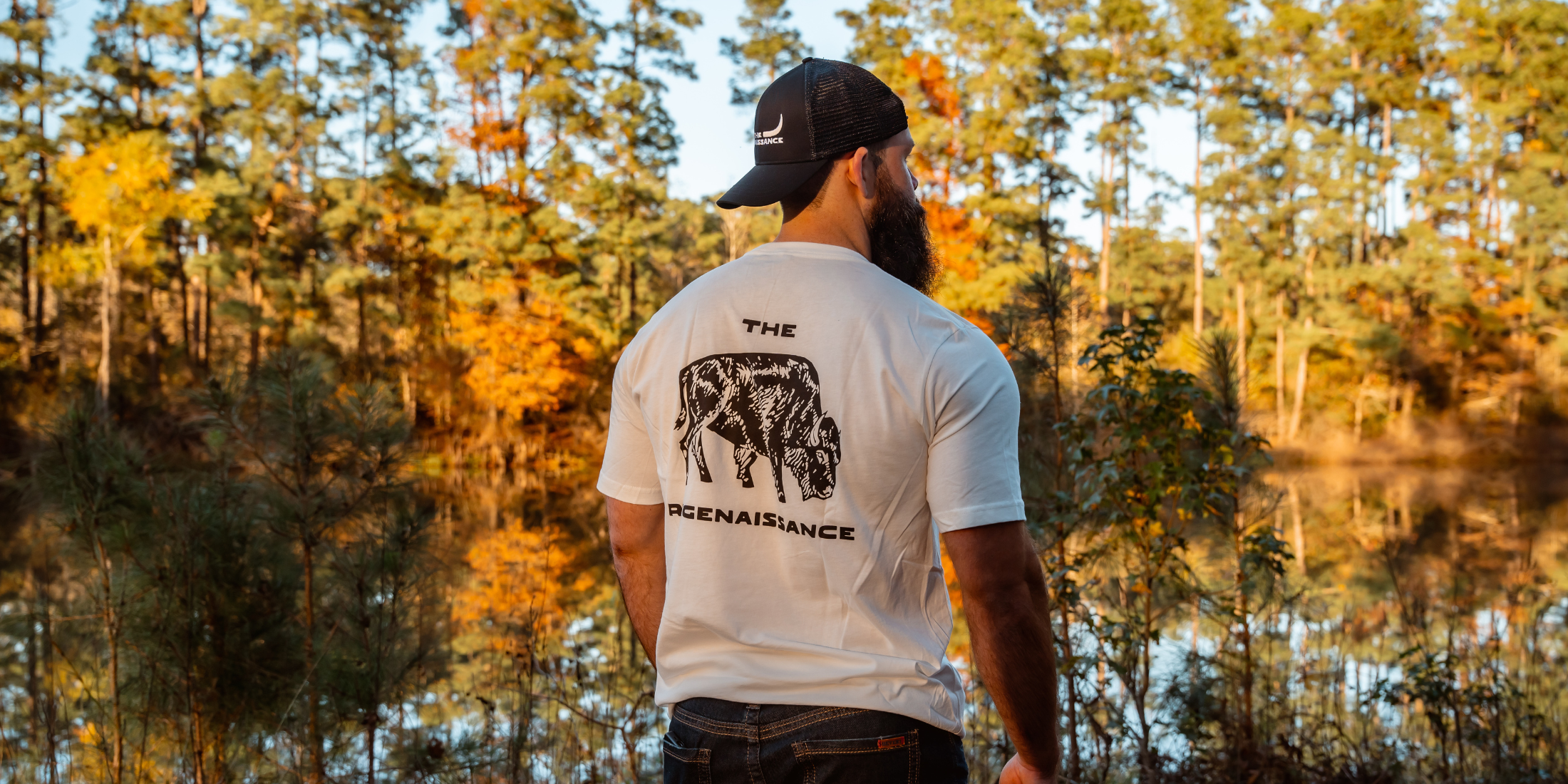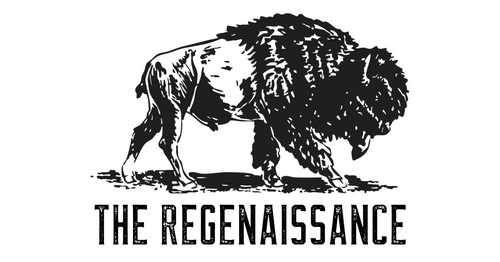The Blackfeet Nation of northwestern Montana is facing a historic water emergency. After five years of drought, the tribe’s farmers and ranchers are watching fields turn to dust and herds shrink. At the same time, century-old water infrastructure is collapsing and federal promises remain unfulfilled. For the Blackfeet, this crisis is about more than agriculture. It is about sovereignty, survival, and justice.
What We Know So Far
-
Extreme drought: Montana is entering its fifth consecutive year of severe drought, with snowpacks at record lows and summer rains nearly absent.
-
Emergency declaration: In June 2025, the Blackfeet Tribal Business Council declared a drought emergency, warning that the reservation faces a “critical water crisis that demands immediate action.”
-
Infrastructure failure: The St. Mary Canal, built in 1915, ruptured in mid-June, cutting off irrigation to thousands of acres and flooding roads.
-
Federal neglect: Congress has sat on a Blackfeet water rights settlement for more than 15 years. As a result, 30 percent of homes on the reservation lack full plumbing, and the community faces poverty rates near 40 percent.
Human Impact on Farms and Families
Blackfeet farmers once relied on a network of canals and reservoirs to irrigate wheat, alfalfa, and grazing land. Now many of those fields are barren. A rancher from Heart Butte reported that a watering lake on his land dried up completely this summer. Even the spring-fed pasture he counted on is fading. Livestock producers say herds are thinning, calving rates have plummeted, and ranchers are forced to sell animals early.
The impacts are not limited to cattle. A Blackfeet shepherd culled dozens of lambs because there was no pasture left. Even the tribe’s buffalo herds, central to cultural and ecological restoration, are struggling on parched rangeland. Families are rationing water, schools have closed temporarily due to bacterial contamination, and residents describe a deep sense of uncertainty about the future.
Political Failure and Federal Inaction
For decades, the Blackfeet have fought for recognition of their water rights. The Blackfeet–Montana Water Compact was negotiated in 2007 and approved by the state in 2009. However, Congress has never ratified the agreement. The settlement was supposed to fund drinking water, storage, and irrigation infrastructure for fifty years. Instead, promised dollars remain untouched in Washington.
House Democrats warned in 2016 that thousands of people on the reservation were “paying the price” of federal inaction, living with unsafe water and unusable fields. That warning has now come true. Blackfeet farmers are cut off while agribusiness and energy interests continue to profit. For many tribal members, this is not just neglect; it is another example of broken treaties and colonial injustice.
Economic Fallout in Agriculture
Without reliable irrigation, planted acres have shrunk dramatically. Ranchers expect hay yields to drop to a fraction of normal, forcing them to buy expensive feed or reduce herds. Fewer animals mean fewer calves and butchered livestock this fall, which translates directly into lost income.
The Blackfeet dairy cooperative has slashed production, and the tribe’s $6 million meat processing plant faces uncertainty without steady water and feed. For farmers, the equation is simple: a tractor cannot plant food if water does not flow to the field. This economic strain adds to an already high poverty rate and deepens dependence on outside supply chains.
Climate Change and Environmental Pressure
The Blackfeet lands lie in the rain shadow of the Rocky Mountains, which makes them vulnerable to drought even in normal years. Climate change is now amplifying this aridity. Hotter summers, earlier snowmelt, and declining spring flows are erasing once-reliable water sources.
The environmental impacts ripple outward. Dry pastures contribute to erosion, shrinking habitat for buffalo and wildlife. Wildfire risk increases as vegetation withers. As Blackfeet environmental coordinator David Spotted Eagle Jr. explained after last summer’s canal disaster: “Tribal lands are paying the price” for climate change, even though Indigenous communities have contributed little to global emissions.
Tribal Leadership and Local Solutions
Faced with this crisis, Blackfeet leaders are acting on multiple fronts. The Tribal Business Council has declared emergencies, drilled wells, and organized water hauling for livestock. Agricultural officials are holding producer meetings to share conservation strategies and well-drilling resources.
Importantly, the tribe is asserting its sovereignty. After the canal rupture, leaders insisted that federal crews secure tribal permits before beginning repairs. The tribe is also lobbying Montana’s congressional delegation to support bills such as the Northern Montana Water Security Act, which would channel billions into updating tribal water systems. Locally, plans to expand buffalo herds and build food infrastructure continue, but progress depends on securing water first.
Regenerative Responses and Cultural Adaptation
While demanding federal accountability, many Blackfeet are also turning to regenerative practices rooted in tradition. Elders are reviving dryland farming techniques adapted to arid climates. Youth programs are teaching organic gardening with water catchment systems. Ranchers are experimenting with holistic grazing to maximize the resilience of limited pastures.
These initiatives are more than survival tactics. They represent a form of cultural and ecological sovereignty, where Indigenous knowledge and regenerative agriculture work together to sustain food systems. By strengthening local capacity, the Blackfeet are resisting a cycle of dependency created by broken federal promises.
FAQs: Blackfeet Water Rights and Drought
Q: What caused the Blackfeet water crisis?
A: A combination of prolonged drought, aging infrastructure such as the St. Mary Canal, and decades of federal neglect of tribal water rights.
Q: How is the drought affecting farmers?
A: Ranchers are selling cattle early, hay yields are collapsing, buffalo herds are shrinking, and some farmers are rationing household water.
Q: What was the Blackfeet–Montana Water Compact?
A: A 2007 agreement to secure tribal water rights and fund infrastructure for fifty years. It was approved by Montana but never ratified by Congress.
Q: What solutions are being pursued?
A: The tribe is drilling wells, hauling water, and pressing lawmakers for federal investment. Local regenerative initiatives are also reviving traditional farming and conservation practices.
Q: Why does this matter beyond the reservation?
A: The crisis highlights how climate injustice and broken promises undermine food sovereignty across Indian Country. It also reveals the national need for resilient water infrastructure.
In Closing: Water, Sovereignty, and Trust
The Blackfeet Nation’s struggle is about more than one drought cycle. It is a test of sovereignty and a reflection of how climate change and political inaction collide. Every dry acre is a reminder that justice delayed is justice denied.
Congress has the power to change course by honoring tribal water rights, funding resilient infrastructure, and supporting Indigenous-led climate solutions. Until then, the Blackfeet will continue to endure and adapt. But with each passing season, trust erodes along with the water supply.
At The Regenaissance, we believe water sovereignty is food sovereignty. Every article we publish is free because these stories should never hide behind a paywall. Paid subscriptions do not unlock content; they unlock possibility. Join us to fund more reporting, amplify more tribal voices, and fight for a future where promises flow as surely as rivers.





